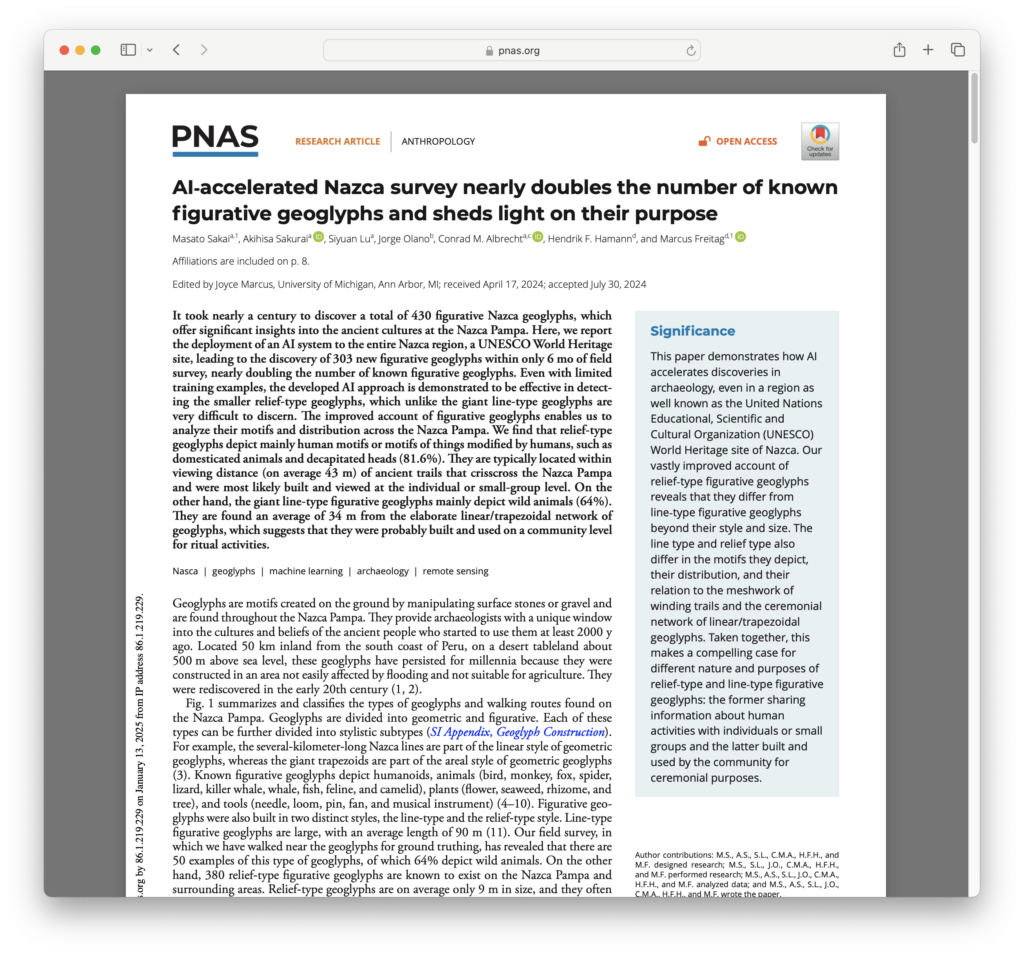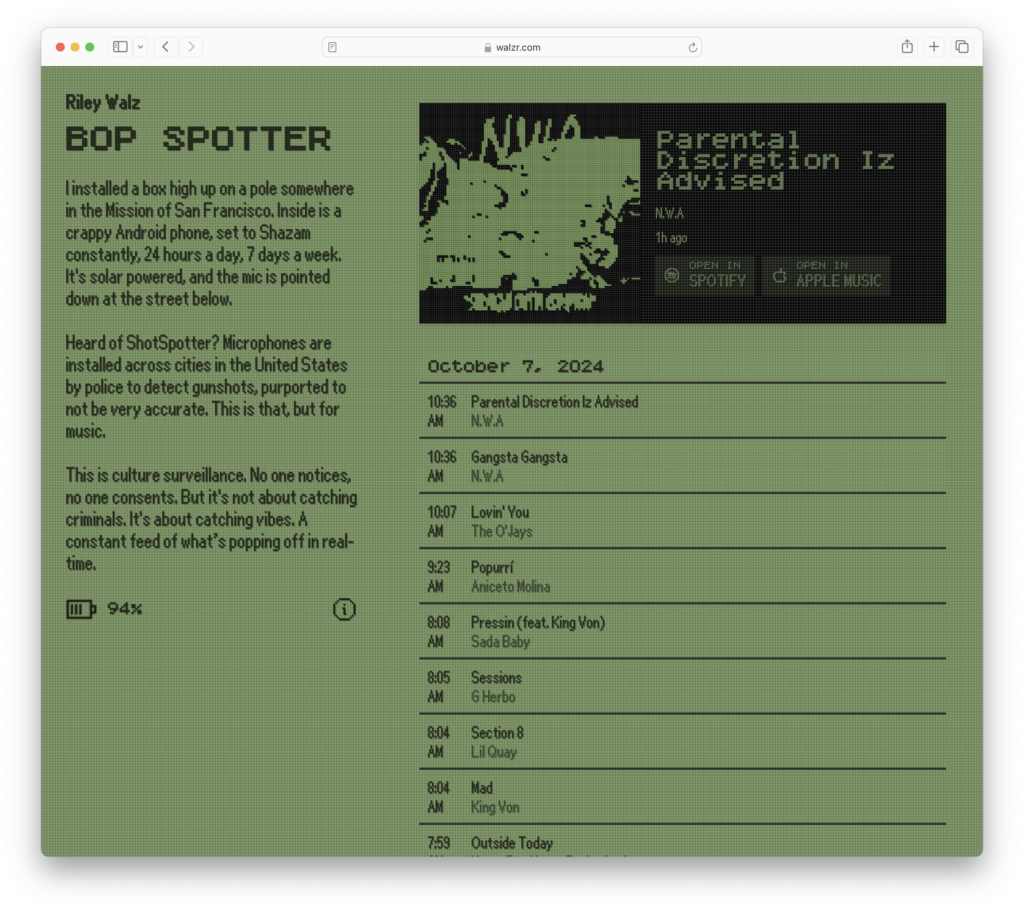So apparently the firmware for a number of of the old PPC Macs had Easter Eggs embedded within them and, with the right combination of woo, you could get the firmware to spit these Easter Eggs out for you to view.

A Little More Web Kipple
So apparently the firmware for a number of of the old PPC Macs had Easter Eggs embedded within them and, with the right combination of woo, you could get the firmware to spit these Easter Eggs out for you to view.


I’ve adde another new Browser and OS combination to Period Sites with Period Browsers – Windows XP Home x86 with Mozilla Phoenix 0.1. See it’s first run here!
As a followup to my mastodon account (see this post), I’ve also created an experimental Blue Sky account. I’ve still no idea how long they’ll last.
PNAS has an interesting paper on using AI and Machine Learning to try and identify new Nazca Pampa geoglyphs in the Peruvian Nazca Desert. It’s a fun little lunchtime skim with a few nice images of some of the newly found geoglyphs.


This is a nice little introduction to UX design issues via the medium of Lego interface blocks: https://interactionmagic.com/UX-LEGO-Interfaces/

It’s time to add another machine to Period Sites with Period Browsers – this time it’s an instance of Windows 95 with Attachmate’s Emissary 2.0. See it’s first run here!
This is something I’ve been meaning to write up for a little while and, with the success of the Internet Archive’s recovery from it’s attack, it makes sense to do so now.


Bop Spotter is an interesting little curio; take an Android phone, set it to run Shazam on a loop, and then hide it somewhere (in this case San Franciscos’s Mission district) with a solar panel attached and suddenly you have the the culture-tasting equivalent of ShotSpotter, generating the unique soundtrack to a particular location. San Franciscos’s Mission is, of course, a very particular environment with a distinct feel too it, so it’d be interesting to see how it would contrast with other locations around the world – though I do suspect that most would end in the brief bang of a controlled explosion.